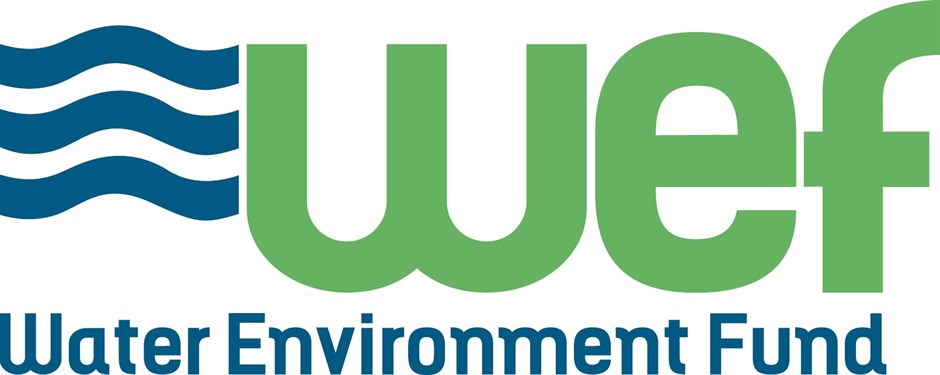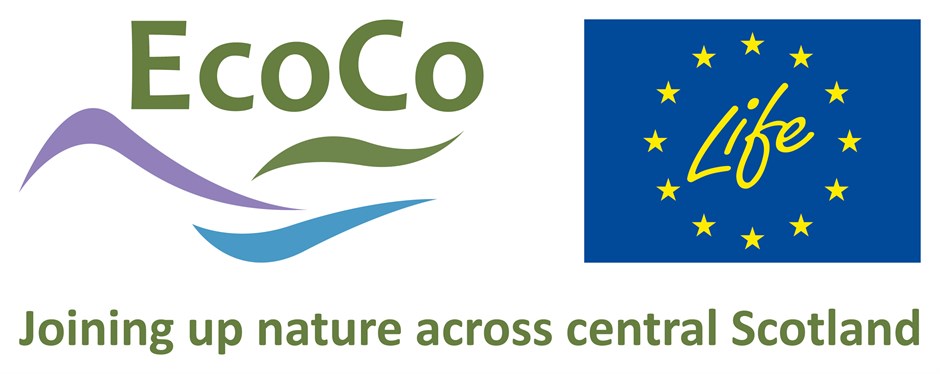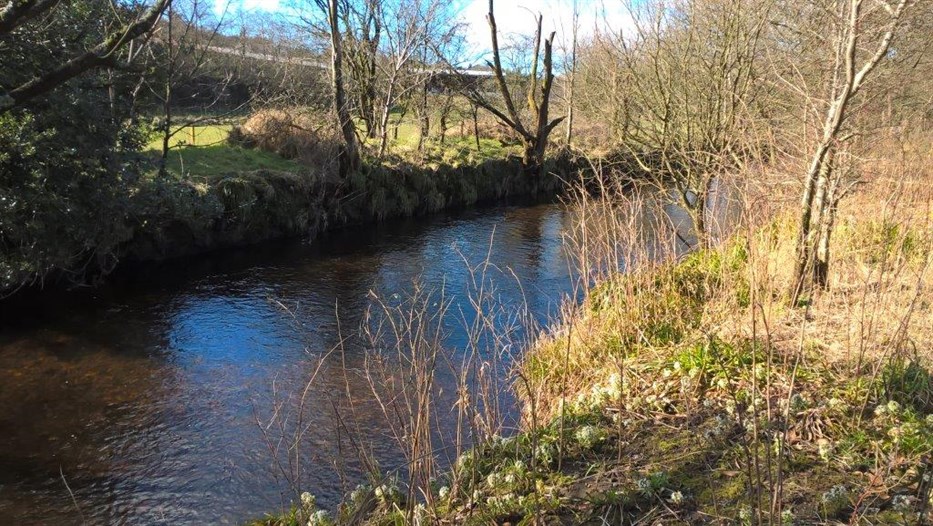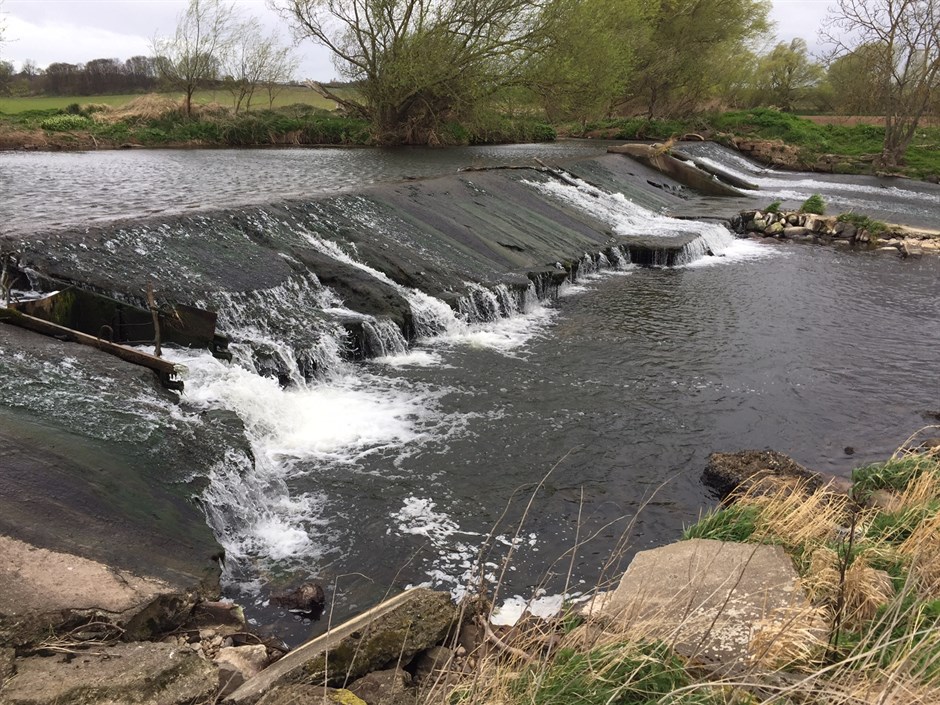The Water Environment Fund


Rivers are a vital part of our landscape and a great asset to Scotland. They provide wildlife corridors, opportunities for recreation and wellbeing and resources for farming, drinking water, beverage production and hydroelectricity.
Like many of our natural resources our rivers are under pressure and in places, damaged. This includes straightened and embanked channels which are cut off from natural flood plains, heavily concreted urban river corridors with little chance for the creation of wild habitats, a lack of attractive green spaces, and rivers made impassible to fish migration by barriers.
The Water Environment Fund
The Water Environment Fund enables rivers to be restored by:
1. Repairing damaged urban rivers often in deprived areas to enhance the environment for the communities that live there. We are creating attractive and accessible green river corridors within towns and cities that can be used for active travel and recreation, improving health and wellbeing. We help rivers contain flood waters and create new opportunities for local businesses and suitable development.
2. Removing and easing barriers to migrating fish and improving vital fish stocks. We are increasing the lengths of habitat accessible to native fish, helping to improve endangered populations and creating new opportunities for angling, tourism and recreation, bringing economic benefits and recreational opportunities to river communities. SEPA administers the Water Environment Fund on behalf of Scottish Government. SEPA works in partnership with local authorities, land and structure owners, fishery trusts and conservation bodies to deliver an annual programme of projects.
SEPA uses the Water Environment Fund to:
- directly commission the removal or easement of redundant weirs by SEPA procurement of options appraisals, designs and groundworks;
- contribute towards a partnership with Local Authorities for the restoration of urban rivers and surrounding green space.
- compensation: Compensation may be provided for land owners/managers for income forgone due to giving over productive land to river restoration. River restoration compensation scheme
Funding priorities
The Water Environment Fund is targeted on projects which will derive the greatest benefit to Scotland’s rivers and neighbouring communities.
1. Improving Fish Migration Past Redundant Structures
Owners of dams and weirs have a duty to allow fish migration. However, Water Environment Funds may be available to help owners remove an obstacle to fish passage where the weir or dam is no longer in active use, or not a commercial asset, including dormant or ‘mothballed' assets.
For local authority owners the Scottish Government may provide up to 75% of the groundworks costs to improve fish passage. Funds are not available for ongoing maintenance of completed restoration projects.
2. Improving River Corridors
Working in partnership with local authorities, The Water Environment Fund will be used to create better river environments for wildlife and people.
We will do this by restoring damaged river corridors to enhance the ecological value of the river and improve public amenity and well-being opportunities, including the reduction of flood risk.
3. Invasive non-native species (INNS)
Funding is currently unavailable for applications to eradicate invasive non-native species (INNS). We continue to review our priorities on an annual basis.
Other Funding Sources
Projects at dams and weirs which are not part of WEF’s annual programme of work could attract funding from other sources such as the Nature Restoration Fund – find out more.
Case studies

EcoCo LIFE project (Ecological Coherence) (multiple projects 2014-2019)
EcoCo LIFE is a £2.3 million (3.1 million euro) project funded by the Life+ financial instrument of the European Community for habitat restoration and creation to improve ecological coherence within the Central Scotland Green Network area (CSGN). Multiple project partners including SEPA came together to deliver projects that improved ecological connectivity across the landscape. Match funding from SEPA through the Water Environment Fund has provided an opportunity for delivering improvements to the water environment in the River Glazert and River Tyne catchments.

River Glazert

River Tyne
We have lots of more case studies available online.
Water Environment Hub
The Water Environment Hub provides information on the health, impacts, action to be taken and planned future condition for Scotland’s water environment including rivers.
You can view your local information by selecting catchments, local authority areas or national parks or individual rivers.
Images, maps and data can all be exported and downloaded , just right click on any map, chart of table and export it as a picture or table. More help is available within the hub.
State Aid
The Water Environment Fund must follow state-aid rules. These ensure that any grants given do not give an unfair advantage to any organisation that would distort competition and trade in the European Union. There are two parts of the Water Environment Fund that have been approved by the EU; More information is available [here]
River Restoration Compensation Scheme
Compensation may be provided for land owners/managers for income forgone due to giving over productive land to river restoration both (a) during works and (b) following restoration of a river which results in the reduction of productive land. These payments are made available under European Union Guidelines for State aid in the agricultural and forestry sectors and in rural areas 2014 to 2020 2014/C 204/01and the SEPA River Restoration Compensation Scheme (SA.43178) .
State aid is any advantage granted by public authorities through state resources on a selective basis to any organisations that could potentially distort competition and trade in the European Union (EU).
The definition of state aid is very broad because ‘an advantage’ can take many forms. It is anything which is an undertaking that an organisation engaged in an economic activity could not get on the open market. All funding provided by WEF must comply with State Aid rules. There are two aspects of Water Environment Funding that are European Union approved schemes: funding for infrastructure improvements on agricultural land (ABER) and the SEPA river restoration compensation scheme.
As small amounts of aid are unlikely to distort competition, a useful approved EU mechanism for State aid is the industrial de minimis regulation which allows small amounts of aid i.e. less than €200,000 over 3 consecutive fiscal years, to a single undertaking for a wide range of purposes.
Funding for infrastructure improvements on agricultural land
Funding will only be awarded to infrastructure improvements on agricultural land when required as part of a river restoration or removal of a fish barrier project. These payments are made available under Commission Regulation (EU) No 702/2014 , Water Environment Fund SA. 41329. Further guidance on state aid:
Contact us
For more information about the Water Environment Fund you can contact us
- WEF Annual Report 2017-2018
- WEF Annual Report 2016-2017
- WEF Annual Report 2014-2015
- WEF Annual Report 2015-2016
- WEF Annual Report 2013-2014
- SEPA River restoration compensation scheme guidance for applicants
- WAT-APP-REG-06 SEPA River restoration compensation scheme application form
- Further guidance on State Aid
